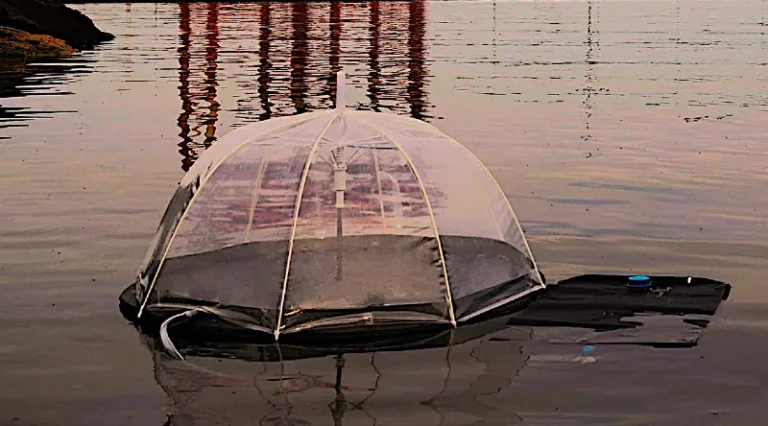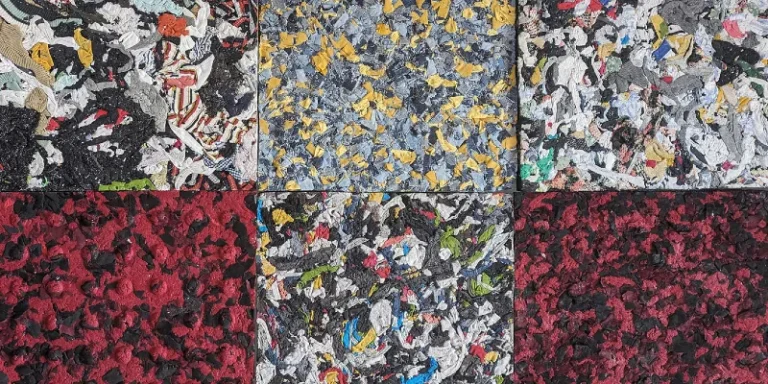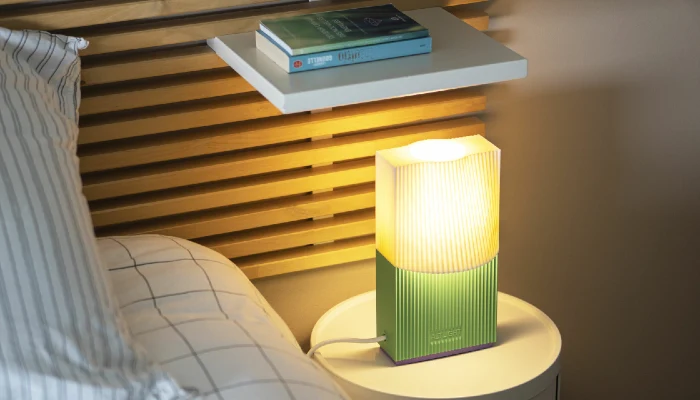Combining nature and technology to enhance plant care isn’t just a nod to the future – it’s a lovely descent into the art of possibility.
The Fog Smart Hydroponic Planter, conceptualized by designer Rishikesh Sonawane (who also designed the cardboard water bottle), exemplifies this fusion. Inspired by the fog-basking beetle of the Namibian deserts, this planter is far more than a container for your indoor flowers; it’s a vision of a sustainable, greener future given life.
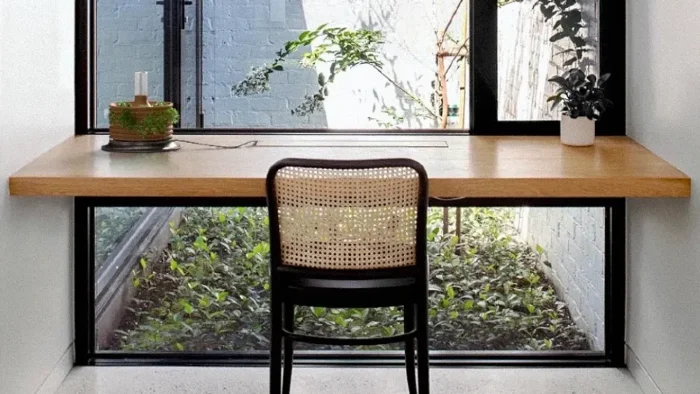
Where did this idea begin? Surprisingly, in the Namibian desert, where a harsh, arid landscape makes survival seem highly improbable.
Yet, here thrives the fog-basking beetle, a tiny creature that has mastered the art of extracting moisture from fog. Its unique microstructural adaptations, increasing its surface area by up to 60%, allow it to condense and redirect moisture from the air – a lifeline in a parched world.
On the right, you can see a grown fog basking beetle with large volumes of moisture condensed directly onto its body along a series of bumps or ridges.
The beetle tips its mouth down to redirect water droplets into its mouth, allowing it to survive for months without a single water source.

This beetle isn’t just surviving; it’s thriving, thanks to its ingenious adaptation. Below is a short, 90-second video that explains the fog basking beetles ability to trap moisture, if you’re interested.
The Fog Smart Hydroponic Planter is a homage to this beetle’s resilience and adaptability. It’s a survivor!
It’s a blend of biomimicry – the practice of learning from and imitating nature to solve human challenges – and cutting-edge design. This planter isn’t just functional; it’s a statement, a piece of art that bridges the gap between aesthetics and innovation.
Now, let’s delve into what makes this planter a standout in sustainable product design:
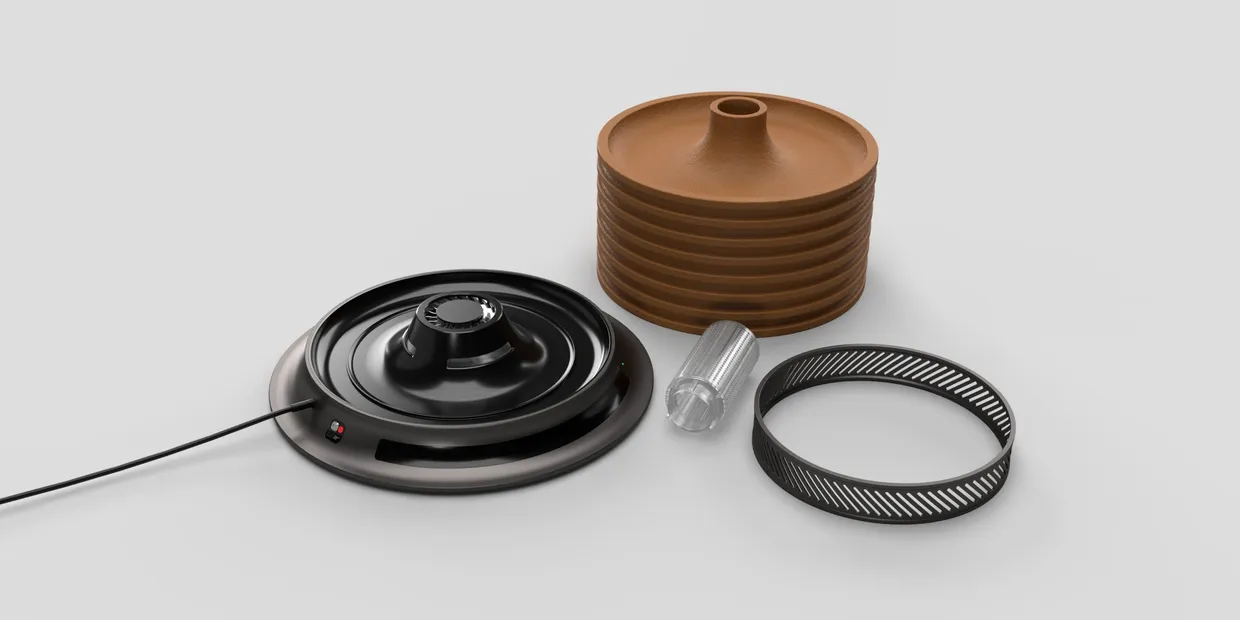



Advanced Materials
- Plexiglas Air Intake Module: Known for its durability and sunlight resistance (think aquariums and airplane windows), it ensures the planter remains pristine over time.
- LECA Main Body: Lightweight Expanded Clay Aggregate offers excellent water retention, strength, and porosity, making it ideal for plant growth.
- Aluminum 6063 Base: This sturdy base resists corrosion, ensuring longevity and stability.
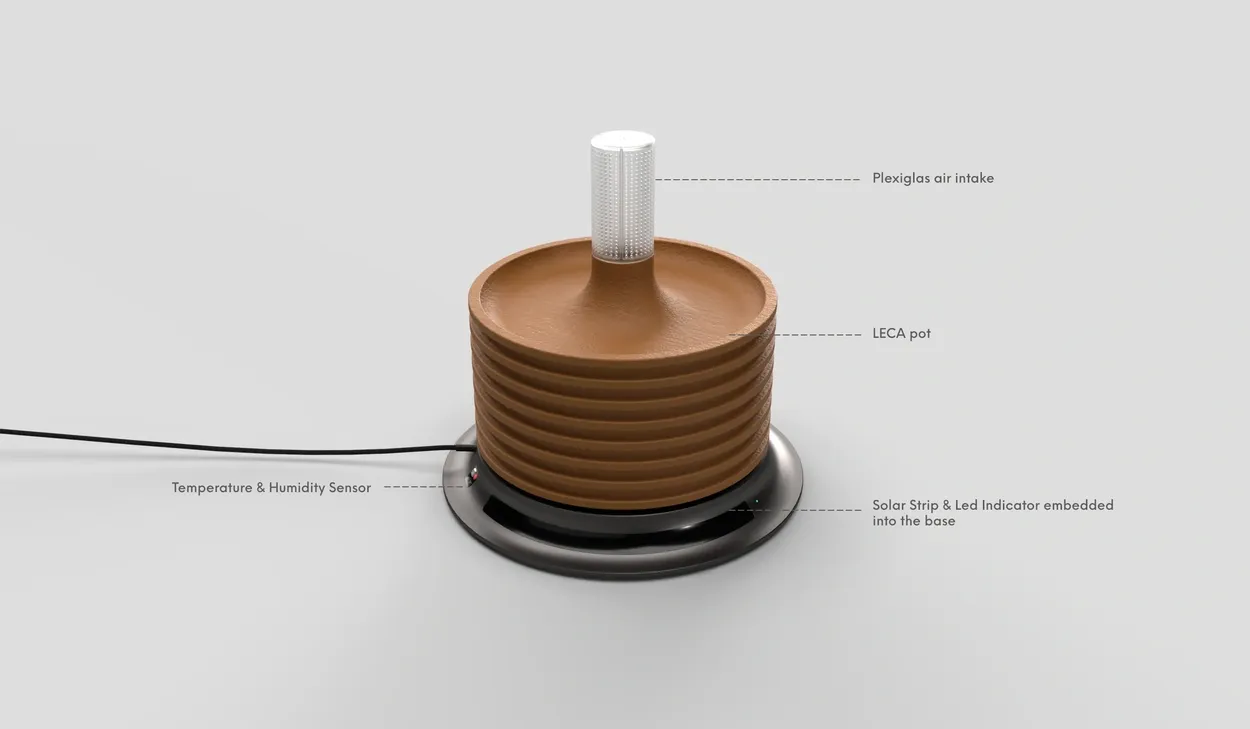
Design and Functionality
- Modular Design: The planter disassembles into four main components – drip tray, perforated ring, metal ring, and polymer cap. This design not only makes maintenance a breeze but also showcases a commitment to practical, sustainable plant care.
- Mimicking Nature: The internal structure of the planter, inspired by the beetle’s shell, employs both hydrophilic and hydrophobic elements to optimize moisture management.

Airflow Dynamics
- Coanda Effect: This principle, used in advanced technologies like Dyson fans, improves airflow and moisture absorption, enhancing turbine efficiency. While Dyson is often what most consumers think of when this effect is mentioned, birds and flying insects are the originators.

Smart+ Features
- Sensor Integration: Temperature and humidity sensors link with electronic components to adjust turbine speed dynamically, offering precise control over the plant’s environment.
- App Connectivity: A companion app provides real-time data and recommendations for watering cycles, based on the planter’s location.
User Interface
- App Interface: It allows users to monitor the planter’s environment, track humidity and temperature, and receive tailored care tips for their plants.
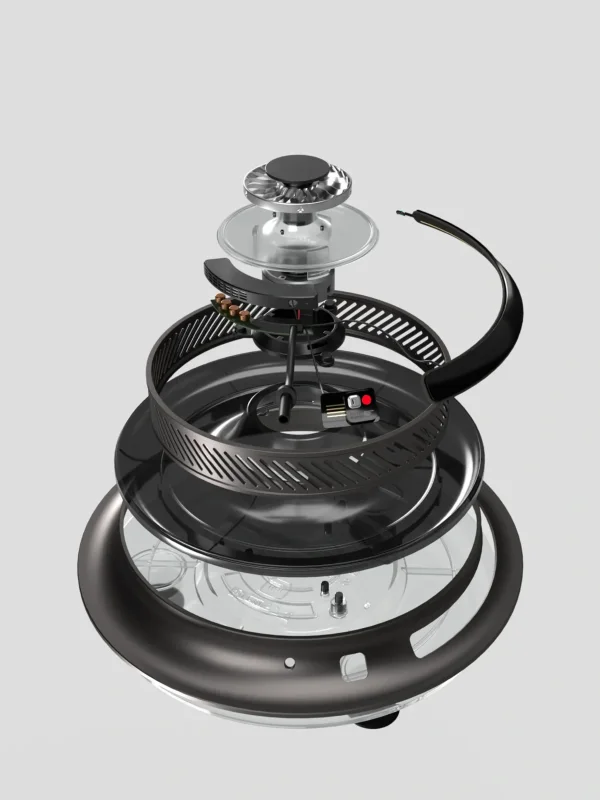

Sustainability Aspect
How does the Fog Smart Hydroponic Planter champion sustainability? By design, it addresses key issues:
- Water Efficiency: Mimicking the beetle, it optimizes water use, essential in a world facing water scarcity.
- Energy Efficiency: The use of the Coanda Effect and smart sensors means less energy waste.
- Longevity of Materials: Durable materials like Plexiglas and aluminum reduce the need for frequent replacements, lessening waste.
The Bigger Picture
The Fog Smart Hydroponic Planter isn’t just a tool for plant care; it’s a symbol of harmony between technology and nature. It represents a future where our solutions are inspired by, and in balance with, the natural world. Every leaf nurtured by this planter is a step towards a greener tomorrow, where innovation and nature walk hand in hand.
This planter is more than an object; it’s showing us that the answers to some of our biggest challenges could lie in the heart of nature, waiting to be discovered and harnessed. And we believe that product designs such as this planter is only the beginning when it comes to discovering what biomimicry can do for humanity.
Designer: Rishikesh Sonawane
An up-and-coming industrial designer specializing in Product Design & Innovation, Research & Development based in India.
“The world around inspires me, observing form & function, people-product interaction and identifying ways to enhance those experiences motivates me.”










